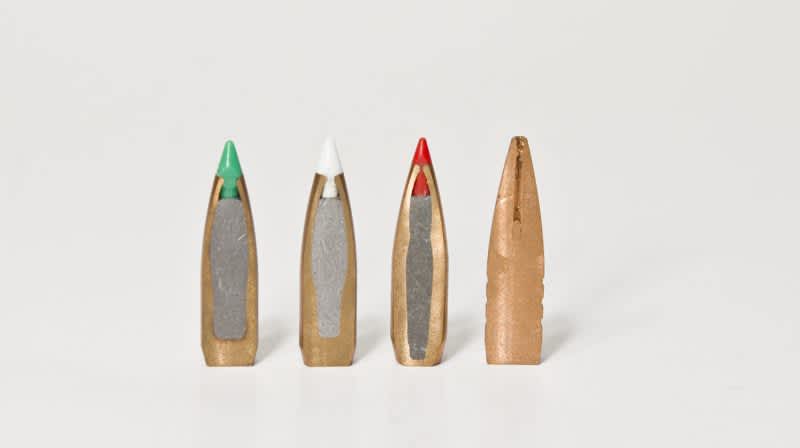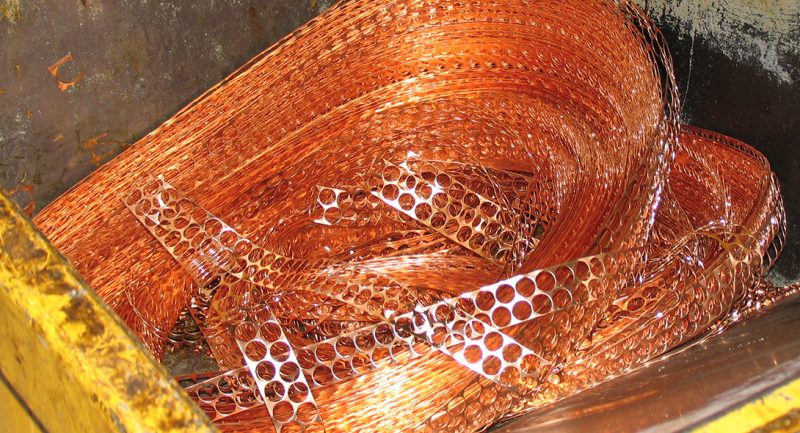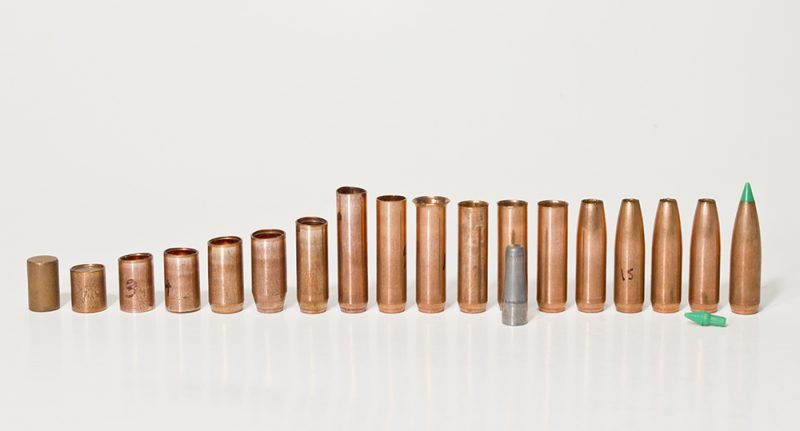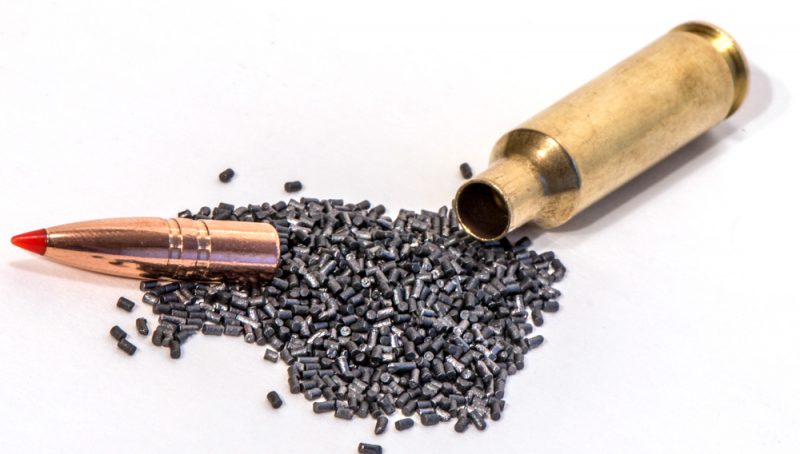How Bullets are Made
Richard Mann 02.27.17

When you see a box of rifle bullets or rifle ammunition on the shelf, do you ever really wonder what goes into that box? Do you realize what a bargain bullets really are? Considering that every single bullet goes through a multitude of steps during the manufacturing process, for the price, bullets are one of the best bargains available, and you can’t hunt without ’em!
There are primarily two different procedures for making a jacketed rifle bullet. The cup-and-draw process is the oldest and most common, and it’s the method used to make the legendary Remington Core-Lokt and Winchester Power Point bullets. It involves cutting a piece of copper from a thin sheet, and then through a series of press dies the copper is formed into a cup. A lead core is inserted into the cup and the copper or jacket is then drawn around the core. Using this process, a bullet can be made in as few as three or four steps.

The extrusion process differs in that the jacket is formed from a slug of copper as opposed to a sheet. Press dies extrude the slug into a cup, but the extrusion process takes many more steps. Just as with the cup-and-draw process, a lead core is inserted into the jacket, which is further formed around the core and into the final profile of a bullet.

Another type of jacketed bullet is the bonded bullet. This is where the softer core is bonded or attached to the harder jacket. The purpose of this is to increase weight retention as the bullet deforms inside an animal. This process typically lets bullets penetrate deeper. Bonding can be accomplished by soldering, with glue, by mechanical fastening, or the diffusion bonding process. Different manufacturers use different methods.

A mono-metal bullet like the Hornady GMX is constructed of a solid, single type of material; there is no jacket. These bullets are also made by the extrusion process. However, some specialty bullets built from copper, brass or alloys – such as those by Lehigh Defense – are machined. And, all-lead or almost all-lead bullets, which contain other metals such as tin, are cast into molds.

Our most modern bullets, like those found in ammunition from Dynamic Research Technologies, are made of compressed metal particles that are inserted into a jacket built by the cup-and-draw process. Some of these bullets are suitable for big game hunting. Many others are only ideal for varmints or target shooting.

Everything shooters do revolves around the bullet, and bullets are the cheapest and most often overlooked tool we use. Hunters rely on bullets to drop animals in their tracks, and to hit the same spot on a distant target time and time again. With all we ask of these miniature creations of copper, lead, and even plastic, we should understand how they’re made. After all, the bullet is the only tool we carry to the timber that actually touches the animal until you get out your knife.
And, if your bullet doesn’t work, you won’t need your knife!
Images by Richard Mann

